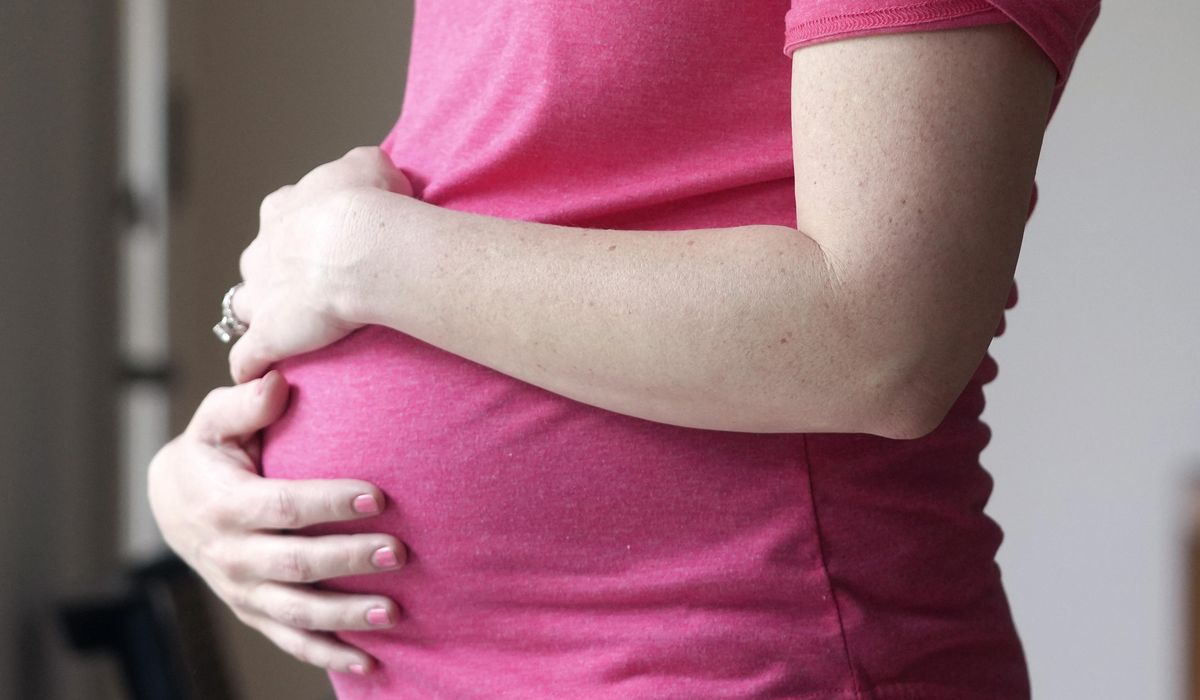


The fear and stress felt by area pregnant women during the 2002 D.C.-region sniper attacks was acute enough to cause a 25% spike in premature births and low birth weights, according to a new study that argues mass shootings take an even deeper toll than the body count.
Researchers said the resulting medical complications cost the region more than $15 billion in health care expenditures and lost productivity costs that could be attributed to the snipers’ rampage.
The persistent nature of the 2002 Beltway sniper attacks, which were spread out over nearly a month, made the situation particularly bad.
The researchers, in a paper for the National Bureau of Economic Research, said even isolated mass shootings take a toll on pregnant women, with an estimated $7 billion in additional medical costs annually nationwide.
“These active shooter or mass shooting incidents not only result in direct harm through loss of life and medical expenses, but also have the potential to cause psychological harm such as post-traumatic stress, fear, and depression among members of affected communities,” said the researchers, led by Janet Currie, a professor of economics and public affairs at Princeton University.
The worse the incident and the closer someone is to it, the more severe the fallout, the researchers said.
Public officials have previously pointed to other social costs of the sniper attacks, including a severe drop in consumer activity. In short, people stayed home, meaning they weren’t spending beyond necessities.
The research paper suggests a medical toll to shootings beyond bullet wounds.
“Preventing gun violence is way more serious than we currently take it,” said Dan Semenza, a scholar at the New Jersey Gun Violence Research Center at Rutgers University.
He was not involved with the sniper research but said it was a good study, using two different methods to measure the trauma and toxic stress from shootings and how it can affect people. He said the findings are in line with a broader body of research on unanticipated health effects of mass shootings.
“The numbers start to become overwhelming,” he said. “They go way beyond the number of people that are killed and directly injured.”
The researchers used Virginia birth records from 1998 to 2005 and looked at women who lived within 50 miles of at least one of the shootings. That gave them about 350,000 births.
They then isolated 16,506 of those births to women who lived within 10 miles of a shooting. That was the “exposed” population, and the others were the control group.
The exposed population of women had a 25% higher rate of very low birth weights and extreme prematurity.
For low birth weight, those exposed in the first trimester had a 40% higher rate and those in the second trimester had a 35% increase. No effect was found for women in the third trimester of pregnancy. The second trimester was the most critical time in determining extreme prematurity, the researchers said.
The issue is stress, which plenty of research has associated with adverse birth outcomes. Theories include elevating cortisol levels, which can impair nutrition through the placenta, and weakened immune systems for the mother or fetus.
To calculate the social cost, they looked at increased financial costs of medical care and reduced lifetime incomes as a result of mortality or disability stemming from prematurity and low birth weight. They calculated the unrecognized health care costs of the sniper attack were $15.5 million in present-day dollars.
The Beltway sniper case was particularly awful because it was prolonged, with unprecedented media coverage making it impossible to escape. The stress became a persistent factor of life as people changed their routines to try to reduce their risk.
Gas stations, which became target spots for the snipers, set up curtains at the pumps to try to offer some sense of protection. Still, many people cocooned as school field trips were canceled and people put off social engagements. When they did go out, they zigzagged through parking lots to avoid becoming targets.
Ms. Currie and her fellow researchers also looked at other mass shootings on a countywide level, which found a smaller but still noticeable increase in the likelihood of very low birth weights associated with the incidents.
They identified 113 mass shootings from 2006 through 2019 and figured nearly 1.2 million women were exposed to them. That works out to a social cost of $97.4 billion total, or about $7 billion a year.
The researchers said their findings argue for attempts to reduce gun violence. Beyond that, they said offering help to pregnant women near scenes of mass shootings could alleviate some of the effects.
Mr. Semenza agreed.
“There really has to be a concentrated effort to flood that area with resources for people to get help they need,” he said.
Authorities nabbed two people responsible for the sniper shootings. John Allen Muhammad was an adult U.S. citizen, and Lee Boyd Malvo, 17 at the time, was from Jamaica and had been brought to the U.S. illegally. They traveled in a 1990 Chevrolet Caprice, which had a sniper’s hole cut in the trunk so one of them could fire from cover, obfuscating the source of the shot.
To this day, the motive remains sketchy.
Malvo, the juvenile who is now serving consecutive life sentences, later said Muhammad was driven by anger at “the White man” and intended to start a race war of sorts. The shootings, he said, were an attempt to extort $10 million in seed money.
Another theory holds that Muhammad, who was executed for the attacks, was plotting to kill his ex-wife and creating a trail of chaos so her death would appear to be another random slaying.
In the end, Muhammed and Malvo killed 10 people and critically wounded another three in their three-week sniper spree across the District, Virginia and Maryland.
• Stephen Dinan can be reached at sdinan@washingtontimes.com.
